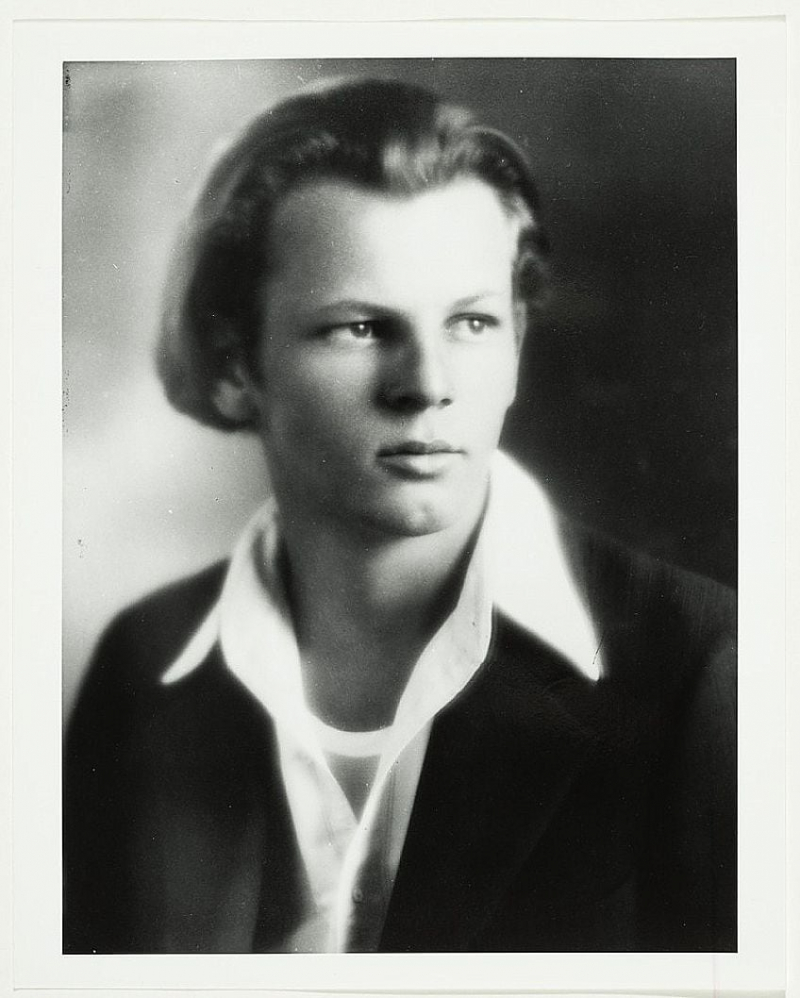Convergence (1952)
Jackson Pollock, an American painter, was a prominent member of the Abstract Expressionist movement. Being regarded as a key figure in that movement, Pollock produced an amazing 363 paintings while he was still alive, many of which are considered to be classic examples of Abstract art. Convergence, one of his finest abstract paintings, was produced in 1952.
Convergence is regarded as Pollock's most admired and valiant painting ever, in addition to being one of his early abstract pieces. Convergence, a work by Jackson Pollock known for his iconic drip-painting method, is an example of this style since it shows a collage of splattered colors that appear to form perfectly crafted forms and lines. Due to Convergence's enormous size, which is a lot to take in, these aspects are able to simultaneously strike the eye and elicit from viewers some rather intense feelings.
Little traces of life can be visible on Pollock's surface in Convergence. Along with nails and coins, he also put a small match, which is visible in the artwork's center. Pollock began this painting with a monochromatic color scheme but was dissatisfied with the outcome and decided to add some color to save the Abstract artwork. While some reviewers may have first questioned whether Pollock's use of color was successful in saving the piece, Convergence is one of the artist's most well-known pieces today.
The audacity of Convergence nearly dares viewers to disagree with its message because it represents both free speech and freedom of expression. Through its own writing style, Convergence was able to convey its views on the menace of Communism and the Russian Cold War.
As a result, it is regarded as a significant and innovative painting in history because Pollock's message encapsulated everything that America stood for at the time.
Convergence is best experienced in person due to its enormous magnitude. Convergence was the subject of a 340-piece jigsaw puzzle that was created by a puzzle business in 1964 due to its popularity and was marketed as "the world's most difficult puzzle" at the time. Numerous Americans flocked to buy the puzzle as a result of this marketing, which increased Pollock's stature in the art world and the influence of Convergence on society.
Artist: Jackson Pollock (1912 – 1956)
Date Painted: 1952
Medium: Oil on canvas
Dimensions: 237 cm x 390 cm (93.5 in x 155 in)
Where It Is Currently Housed: Albright-Knox Art Gallery, New York











